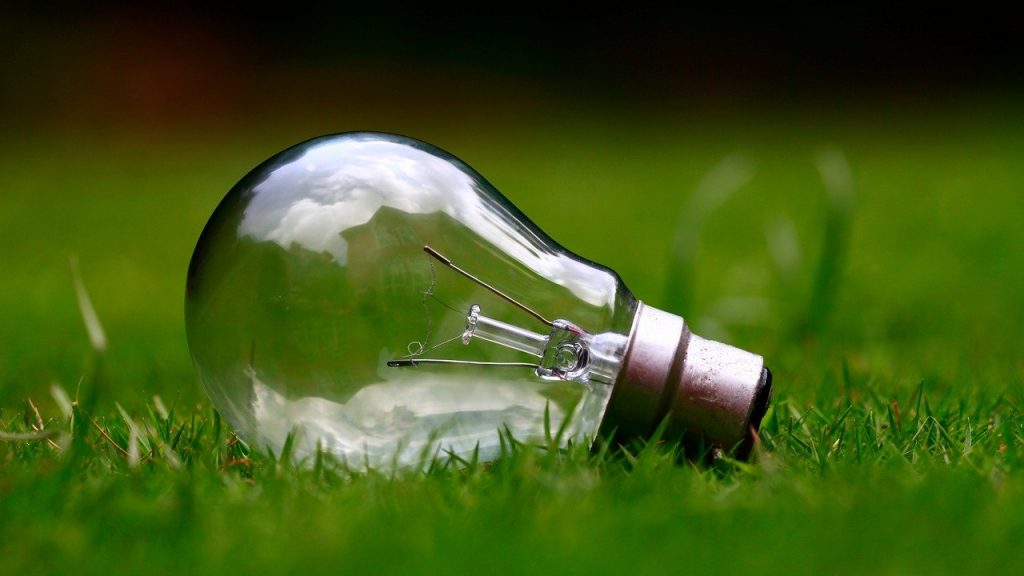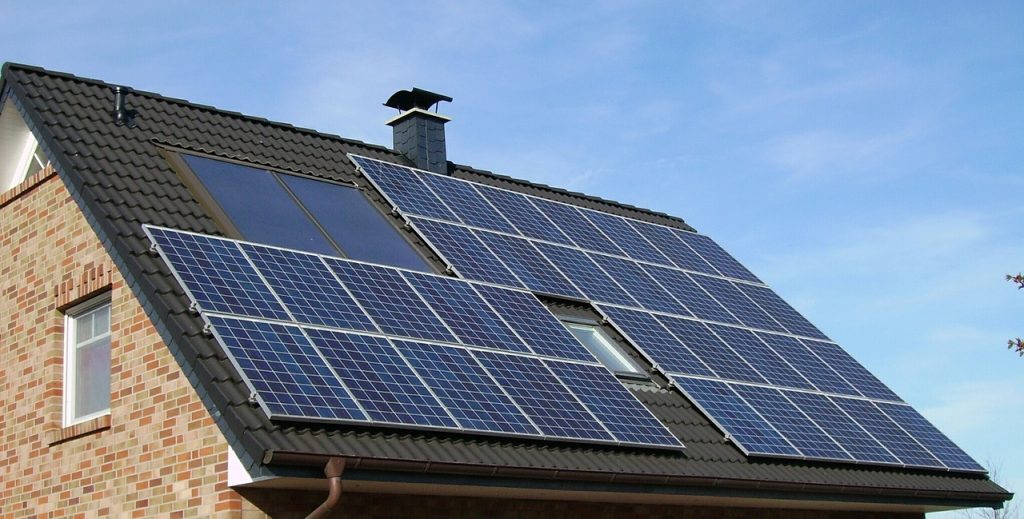6 Energy Solutions For Your Home That Are Actually Good For The Environment
Saving Your Environment, And Your Wallet
Sustainable, “green” living need not be more expensive than conventional living solutions, if you’re smart about how you transition. What’s necessary is doing your homework, knowing your budget, and knowing your own personal ability. With that in mind, following we’ll briefly explore six energy options that save money and the environment.

https://pixabay.com/photos/light-bulb-grass-bulb-energy-light-984551/
Solar Energy
According to solar companies, solar panels can be purchased at $1 per Watt, before installation; that’s most of your expense if you go the DIY route. A 3.1 kWh system will cost $3,100 at minimum in panels alone, and around $1,900 for an energy bank (six to twelve networked golf-cart batteries), cables, surge controllers, energy monitoring equipment, and power inverters. There are now solar water heating systems which you can get installed.
You can install your solar energy array and Solar Precast Blocks with the help of a professional solar power company at an affordable rate. That array will bring between $10k and $20k in additional property value depending on your state. Ultimately this pays for your overall investment collaterally, and reduces utility bills directly. Once the solar panels have been installed, you will need make sure they are properly maintained with the help of solar panel cleaning experts.
You may also want to join a community solar farm which is a smart way to reduce your electric bills and do right by your home and your community. If you are interested to know more, tap this link https://www.nexamp.com/community-solar/.
Strategic Atmospheric Controls
“Smart” heating system and ac installation designed for eco-friendliness cut energy costs and maximize tactics built around keeping your home at its cleanest. Annual hvac system services and maintenance will also help ensure your hvac system is functioning at its maximum efficiency.
Open all the windows as soon as the day starts to cool. Close them all before daybreak, including the blinds. You’ll keep the premises 10 to 20 degrees cooler—maybe more—by retaining cool from the previous night.
Similarly, if it’s cold outside, open all the shades, and get a fire going in the fireplace. The heat from the sun coming through your windows will help warm you up. If you need more warmth, huddle around the fire. Sure, it produces smoke; but it’s less environmentally impacting than grid-dependent energy solutions.
Gravitational Energy And Glow In The Dark
Gravity lights can be had for between $5 and $70, depending on where you buy them. Essentially, they work like a cuckoo clock. Weights charge the device, and when they reach their length, you rewind them and start over.
Gravity lights are totally grid-independent, and very green. Use glow in the dark tape or stickers near the lights to retain illumination naturally. If you put chic glow-in-the-dark materials all around your home, the end result looks cool, and you can see in the dark without wasting any energy.

https://pixabay.com/photos/solar-panel-array-roof-home-house-1591358/
Harvesting Rainwater Saves Money And Provides Better Water
Rainwater averages 30.21 inches a year in the continental United States. If you get an inch of rain, you can use this rule of thumb: 1,000 square feet of collection space leads to 550 collected gallons. So the average US potential for rain collection is 16,615.5 gallons. That’s about half the average for individual annual water use.
It’s estimated the average American uses 88 gallons of water at home a day. Rainwater collection will require barrels, these are costly. Additionally, you’ll need to efficiently collect the water. However, within a few years, once you get the system going, you can save the environment and have fresher water. Just be sure rainwater collection is legal in your area.
Installation Of More Efficient Insulation
Much of heat or cool loss has to do with insufficient insulation. Foam insulation is generally better than some older options; though the foam itself is often chemical, and so poses an environmental issue in terms of waste.
Destroy Energy Vampires With “Smart” Power Strips
Energy vampires are household appliances. Sometimes a device continues to draw power even after it’s fully charged. Sometimes inanimate devices draw power even when they’re not in use. “Smart” power strips cut off charged devices, and identify redundant draws, cutting stopping them from wastefully siphoning away electricity.
Finding Green Energy Options That Best Match You
Some of the options listed here have a slight expense associated with them, but there are quite a few totally free solutions worth considering as well. You can click here to learn about free green energy.
“Smart” power strips, effective insulation, rainwater harvesting, gravity lights, strategic atmospheric management, and energy storage options can all pay for themselves in time, and have a low impact on the environment.
